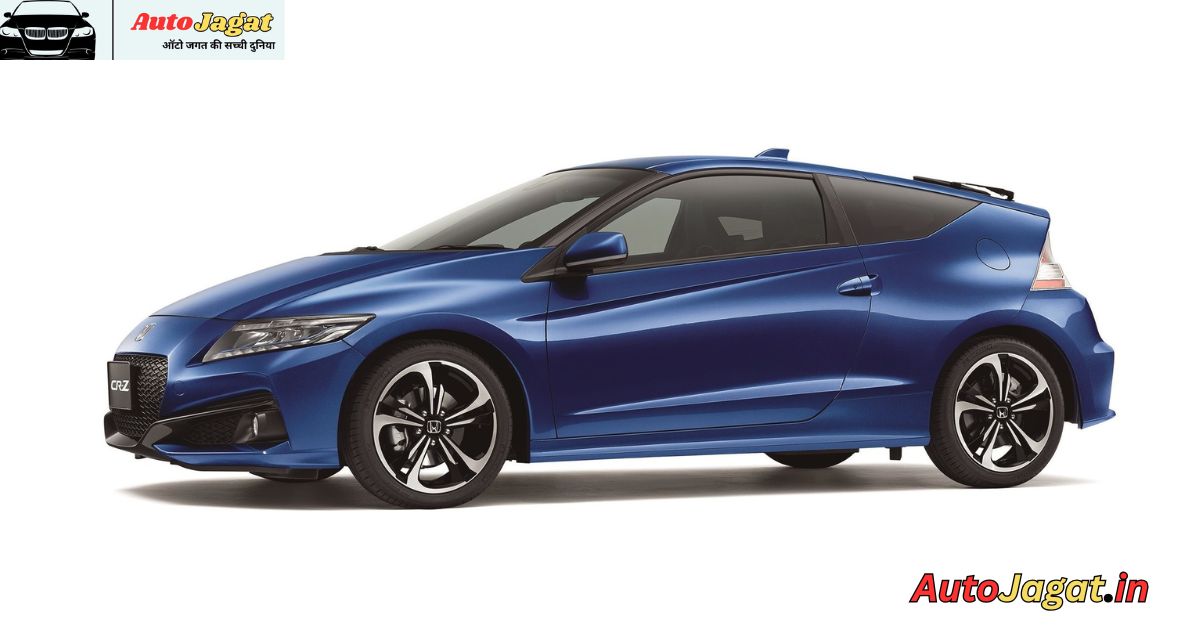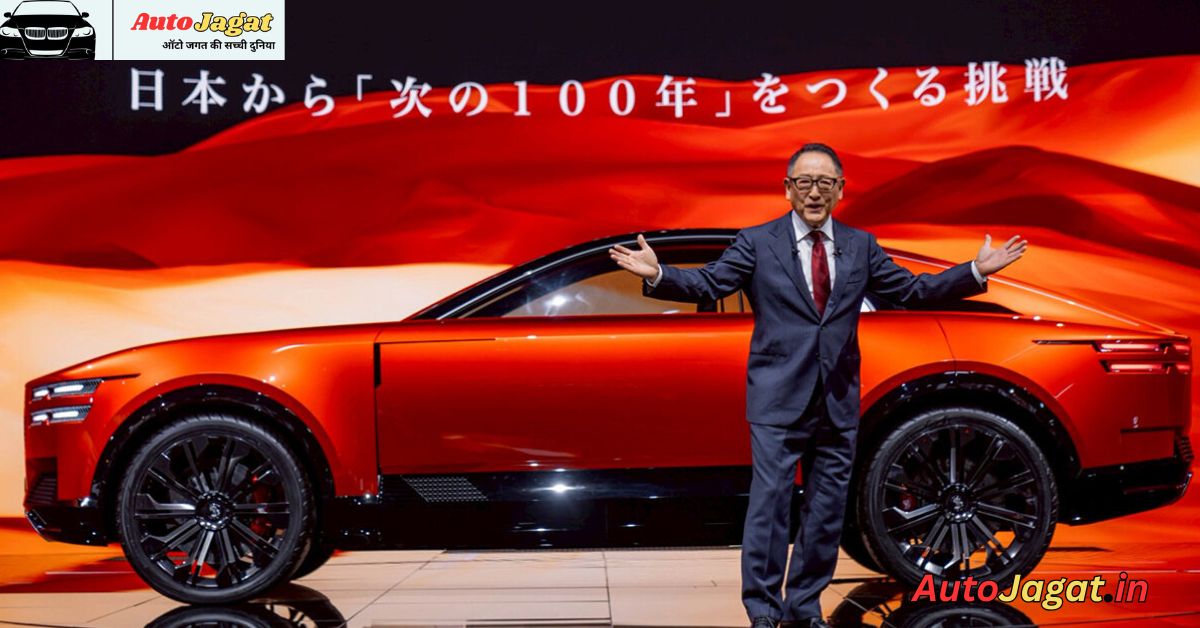In a significant policy shift, NITI Aayog—India’s apex public policy think tank—has called for moving beyond financial incentives to enforce mandatory measures for accelerating the adoption of electric vehicles (EVs). While the past decade has seen a steady increase in EV sales, largely driven by government subsidies and incentives, NITI Aayog believes that a stronger, mandate-driven approach is now essential to meet India’s ambitious clean energy goals.
This recommendation marks a strategic pivot that aligns with global trends where mandates, rather than incentives, are becoming the primary tools for climate action in the transport sector.
The EV Landscape in India
India’s EV journey began with a cautious start, marked by schemes such as FAME (Faster Adoption and Manufacturing of Hybrid and Electric Vehicles), which provided subsidies for electric two-wheelers, three-wheelers, and public transport vehicles. Several state governments also offered tax exemptions, rebates, and infrastructure incentives to promote EV adoption.
These efforts have yielded encouraging results. According to government data, EV sales in India crossed the 1.5 million mark in FY 2023-24, with two-wheelers and three-wheelers leading the growth. However, private electric car sales still remain a small fraction of the overall automobile market.
Despite this progress, the road to achieving net-zero carbon emissions by 2070 and reducing oil imports remains long. NITI Aayog has now flagged the limitations of an incentive-only approach, urging the need to enforce mandates that create accountability and ensure long-term market transformation.
Why Move Beyond Incentives?
There are several reasons why incentives may no longer be sufficient or sustainable:
- Fiscal Burden: The financial load of sustaining subsidies over the long term is substantial. As EV adoption grows, the subsidy outlay will only increase, straining government budgets.
- Market Dependence: Excessive reliance on incentives can delay the development of a self-sustaining EV ecosystem. Markets need to mature beyond support schemes.
- Uneven Impact: Incentives often benefit urban buyers and manufacturers, failing to reach underserved regions and lower-income groups effectively.
- Global Competitiveness: Countries like China and those in the EU have begun mandating EV sales targets for automakers, pushing industries to innovate and compete globally. India risks falling behind without similar mandates.
What Kind of Mandates Could Be Introduced?
NITI Aayog has not specified detailed mandates yet, but several possibilities are under discussion, including:
- Zero Emission Vehicle (ZEV) Targets: Requiring automakers to ensure a minimum percentage of their annual sales are electric or zero-emission vehicles.
- Fleet Electrification Norms: Mandating that commercial and government fleets transition to EVs within a specified timeline.
- City-Level Bans or Restrictions: Implementing low-emission zones where ICE (Internal Combustion Engine) vehicles are banned or restricted.
- Charging Infrastructure Standards: Mandating minimum charging infrastructure availability in urban areas, new buildings, and public transport hubs.
- Corporate Responsibility: Requiring large companies and logistics providers to switch a portion of their transport fleet to EVs.
Such mandates could be introduced in a phased manner, starting with metros and tier-1 cities where EV infrastructure is already taking root.
Industry Response and Challenges Ahead
While the auto industry has broadly welcomed India’s EV vision, a mandate-based regime could raise concerns about cost pressures, supply chain readiness, and infrastructure gaps. The EV ecosystem, especially for four-wheelers and heavy vehicles, still faces barriers such as:
- High upfront costs
- Limited battery manufacturing capacity
- Inconsistent charging infrastructure
- Lack of skilled manpower
A sudden shift to mandates without adequate support could disrupt businesses, especially small auto component manufacturers.
Hence, NITI Aayog’s approach is expected to be gradual and consultative. Experts suggest a “carrot and stick” model—maintaining some incentives while rolling out mandates in a tiered structure. This would provide time for industry players to adjust while signaling the inevitability of the transition.
A Strategic Opportunity
Mandates, if designed well, could accelerate India’s transition to clean mobility, reduce air pollution, and lower its dependence on imported oil. For a country that imports over 85% of its crude oil, EVs represent not just an environmental opportunity but a strategic economic necessity.
Moreover, India’s emerging strength in software, semiconductors, and battery technology could be leveraged to become a global hub for EV manufacturing and innovation. A clear, mandate-driven roadmap would offer long-term policy certainty to investors and encourage deeper localisation of EV supply chains.
Conclusion
The call by NITI Aayog to shift from incentives to mandates marks a pivotal moment in India’s clean mobility journey. While incentives helped jumpstart the EV movement, mandates may be the only way to achieve scale, equity, and sustainability in the long term.
However, such a transition must be executed thoughtfully—with stakeholder engagement, infrastructure development, and supportive policies to ensure that India’s EV revolution is not only fast but also inclusive and future-ready.

Hello, my name is Himanshu Kumar and I am an experienced Digital Marketer. I have been blogging for the last 4 years and I have special interest in SEO. Here I give you easy bikes and writes easy-to-understand reviews and news about the latest bikes, helping readers choose the best options.. My aim is to always provide you with accurate, new and useful information.





